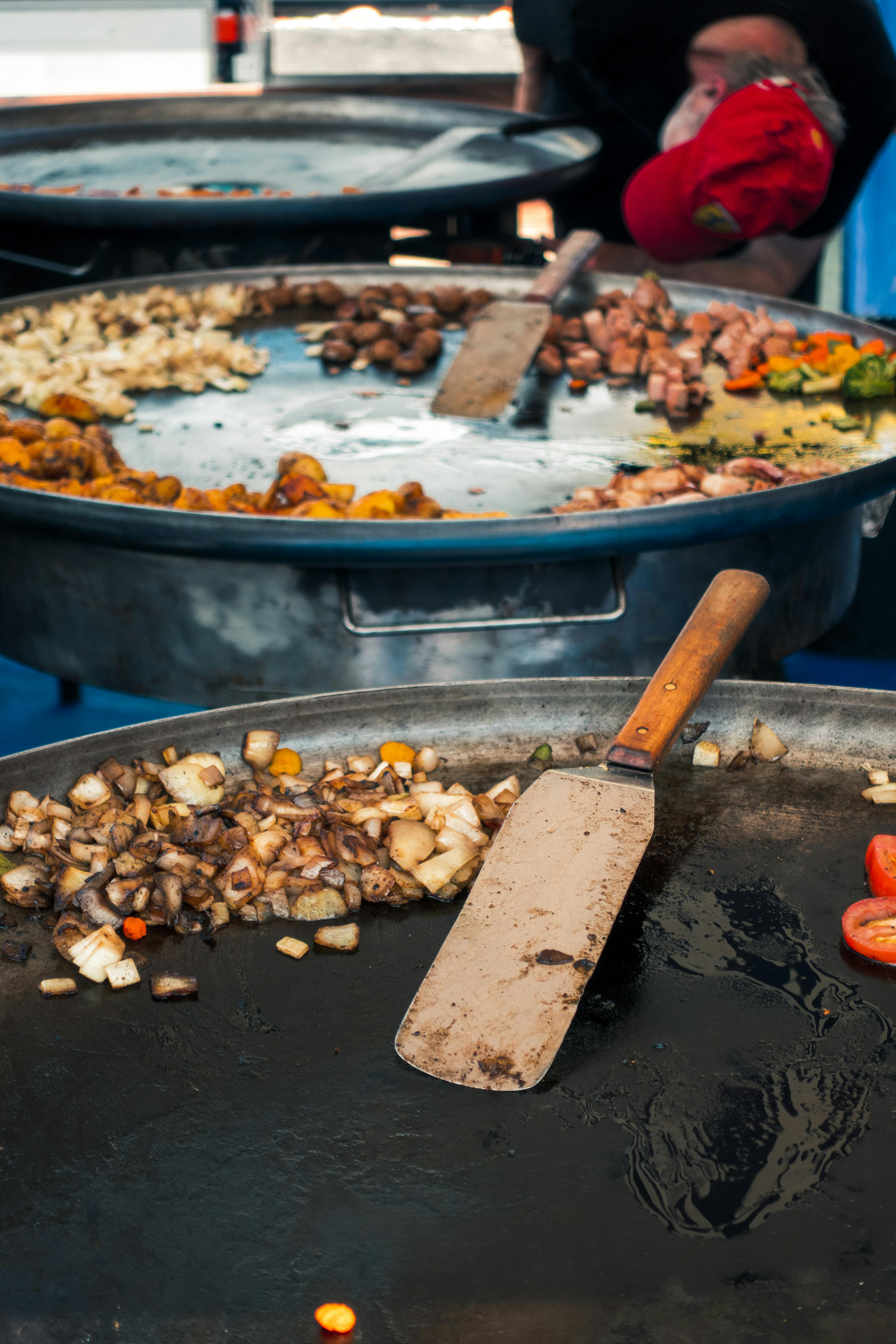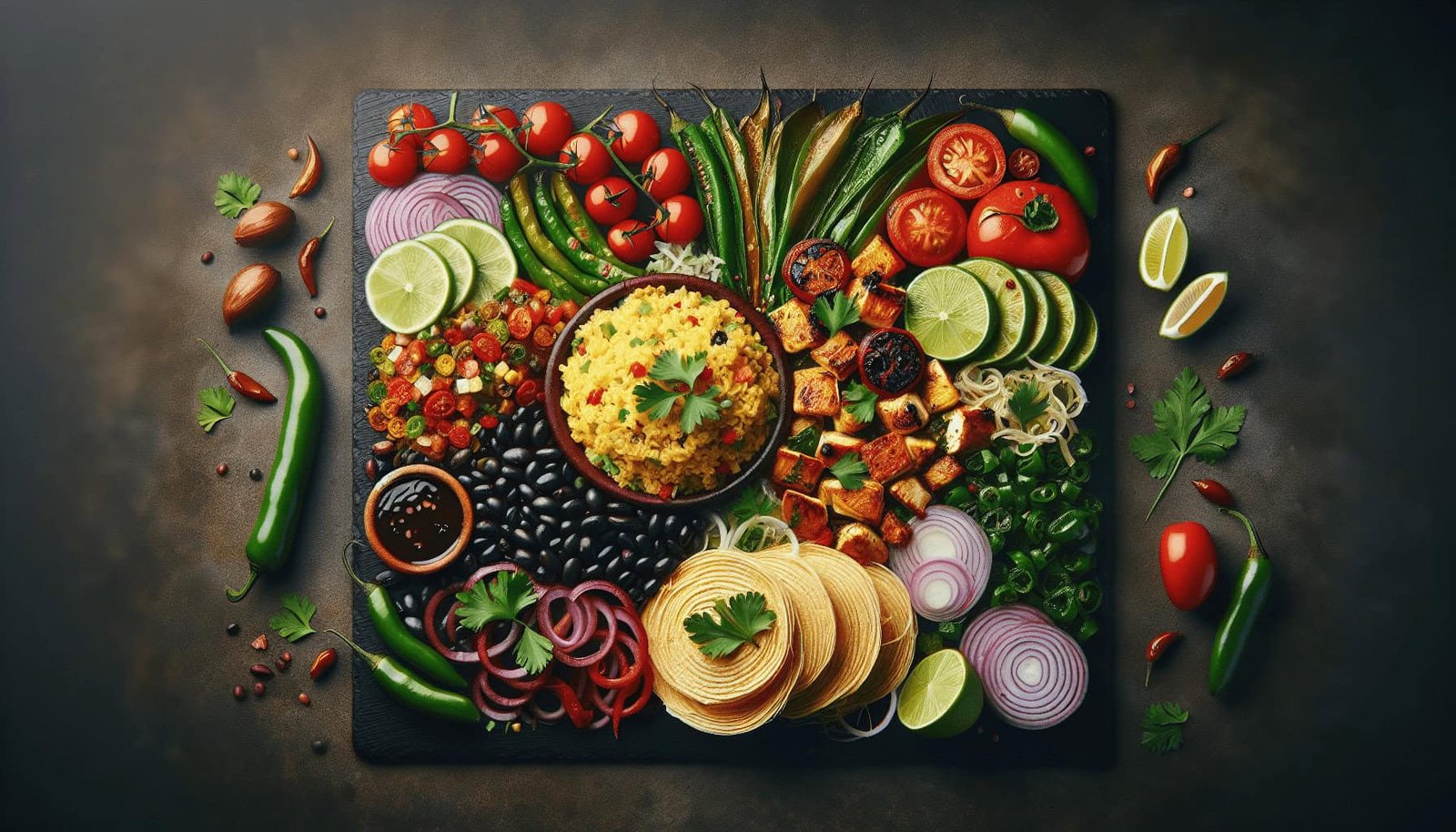Have you ever wondered which Nicaraguan dishes have made their way to international tables while still keeping their original charm and authenticity? Nicaragua’s cuisine is rich with flavors and history, and while you might think that adaptations could dilute its essence, quite the opposite has happened. These dishes have been warmly embraced around the world without losing what makes them uniquely Nicaraguan.

A Glimpse Into Nicaraguan Cuisine
The Roots and Influence
The diverse cuisine of Nicaragua finds its roots in indigenous traditions, Spanish colonial influence, and a blend of African, Creole, and Caribbean flavors. This fusion has birthed a vibrant and unique culinary landscape. You’ll find an emphasis on fresh, local ingredients like seafood, corn, beans, and plantains—each playing a starring role in the country’s signature dishes.
The Importance of Authenticity
While adapting these foods for international taste buds, Nicaraguan chefs and home cooks alike have ensured that the spirit of their culinary heritage remains intact. The challenge lies in balancing authenticity with accessibility, often substituting hard-to-find ingredients with more common ones without compromising flavor.
Iconic Nicaraguan Dishes
Several Nicaraguan dishes have successfully transitioned to international settings. Let’s explore some of the most iconic ones that have maintained their authentic roots even as they crossed borders.
Gallo Pinto
Gallo Pinto, the quintessential Nicaraguan dish, is a simple yet flavorful mix of rice and beans, typically seasoned with onions and peppers.
| Original Ingredients | Adapted Ingredients |
|---|---|
| Red beans | Black beans (more widely available) |
| White rice | Any rice variant |
| Onions, bell peppers | Same |
| Cilantro, garlic | Same |
This dish is often enjoyed as a hearty breakfast but can be relished at any meal. Its international version might see variations in bean choice but still remains true to its Nicaraguan essence.
Nacatamal
A close relative to the Mexican tamale, the Nacatamal is a savory treat wrapped in banana leaves and packed with flavors.
| Original Ingredients | Adapted Ingredients |
|---|---|
| Masa dough made from corn | Same |
| Pork, potatoes, and vegetables | Chicken or beef as substitutes |
| Banana leaves | Same |
| Rice, olives, and raisins | Same or raisins omitted |
Nacatamal maintains its structure and flavor, even when different meats or omitted ingredients are used. This dish is often a celebration food but has found a place in many international kitchens.
Vigorón
Vigorón combines yucca (cassava), crispy pork rinds, and tangy cabbage slaw to create a delightful melange of textures and flavors.
| Original Ingredients | Adapted Ingredients |
|---|---|
| Boiled yucca | Same |
| Pork rinds | Bacon or other crunchy pork substitutes |
| Cabbage slaw | Same or with slight variations in seasoning |
Despite minor tweaks, the dish remains a favorite among those familiar and new to Nicaraguan cuisine.
Quesillo
Quesillo is a simple yet beloved snack consisting of a corn tortilla filled with soft cheese, pickled onions, and cream.
| Original Ingredients | Adapted Ingredients |
|---|---|
| Handmade corn tortillas | Store-bought tortillas |
| Fresh, local cheese | Any available soft cheese |
| Pickled onions, sour cream | Same |
The heart of Quesillo lies in the blend of creamy cheese and tangy pickles, making it easy to replicate while maintaining its authentic feel.

Adaptation Strategies for International Palates
Ingredient Substitution
One of the pivotal ways to adapt Nicaraguan dishes without losing authenticity is through ingredient substitution. Instead of altering flavors drastically, chefs substitute hard-to-find ingredients with more accessible ones. Red beans, for instance, might be replaced with black beans in Gallo Pinto, but the core ingredients—rice and seasonings—remain unchanged.
Cooking Techniques
Cooking techniques have also been modified slightly to accommodate different types of kitchen setups around the world. For example, instead of boiling yucca for Vigorón, some may steam it using modern electric steamers. These changes help keep the essence of the dishes while making it easier for people to prepare them.
Presentation and Serving
Presentation styles may vary to adapt to international manners of serving food. While a traditional Nacatamal might be presented in a banana leaf, the adapted version could be served on a plate with the leaf as a garnish. This makes it more approachable for people unfamiliar with the traditional serving methods.

Preservation of Authenticity
Spices and Seasonings
Nicaraguan cuisine is known for its use of various spices and seasonings. Despite being adapted, the core spices such as cumin, garlic, and cilantro are maintained. This ensures the flavors remain true to their roots. International cooks are encouraged to use fresh, high-quality spices to keep the taste as authentic as possible.
Community and Tradition
One way to maintain authenticity is through community and tradition. Many Nicaraguan expatriates and their communities keep the culinary traditions alive, cooking meals as they would in their homeland and sharing them with their new neighbors. This not only preserves the authenticity but also introduces the cuisine to a broader audience without losing its essence.

Conclusion: The Beauty of Adaptable yet Authentic Cuisine
Nicaraguan cuisine is a testament to the beauty of adaptability without losing authenticity. By carefully substituting ingredients, tweaking cooking methods, and adjusting presentation styles, these delicious dishes maintain their roots even as they reach new audiences. So, the next time you come across an adapted Nicaraguan dish, savor not only its delightful flavors but also the rich heritage it carries with it. You might find that even far from its origin, it still feels like a comforting taste of Nicaragua.
